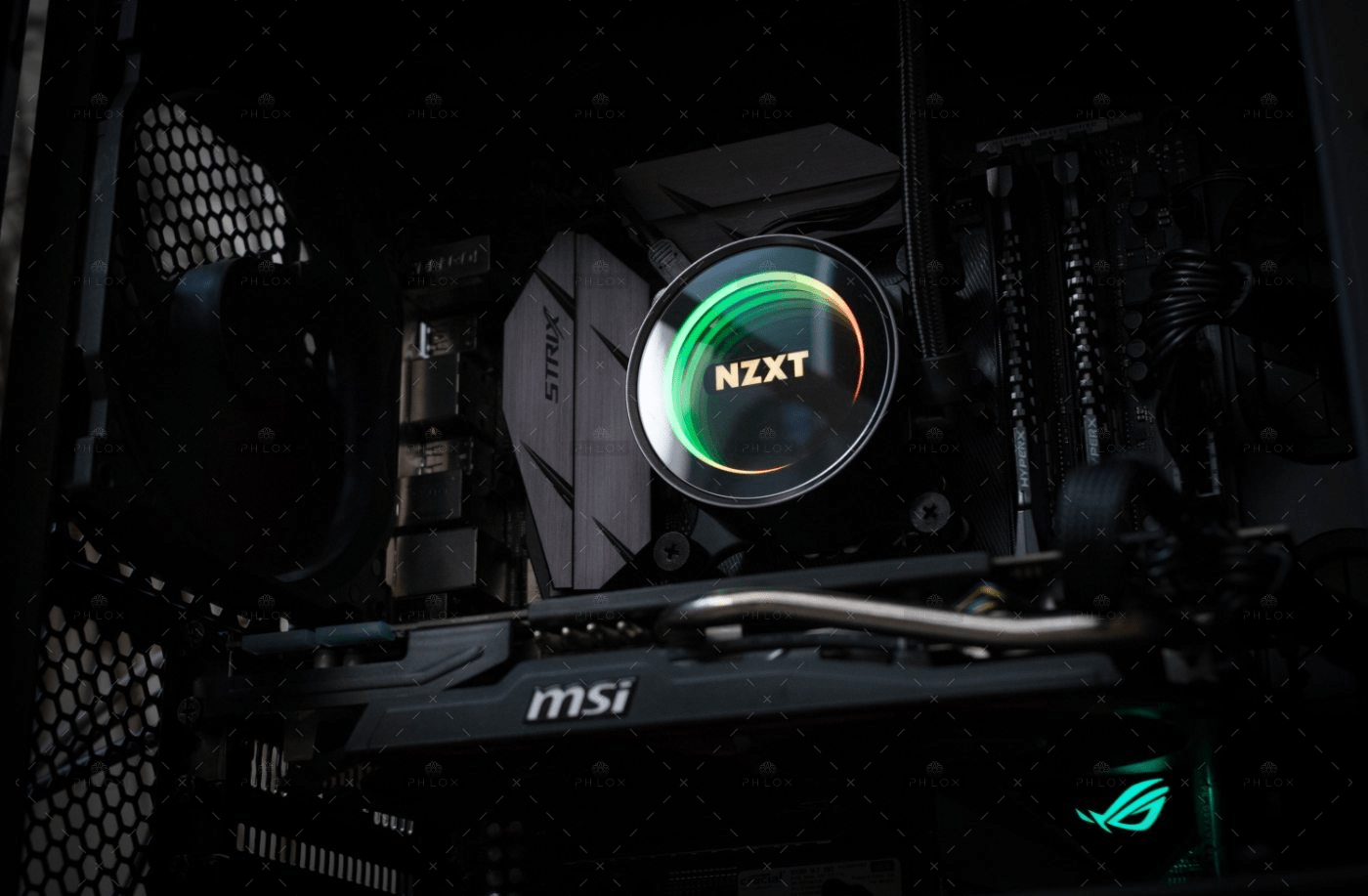
Since their debut in December 2016, Apple’s AirPods have redefined the wireless audio experience, setting new standards in convenience, connectivity, and sound quality. Initially seen as a novelty, AirPods have quickly become a ubiquitous accessory, influencing the design of wireless earbuds across the industry. This article explores the evolution of AirPods, their impact on the audio market, and what the future might hold for these iconic devices.
The Birth of AirPods
AirPods were introduced alongside the iPhone 7, which famously eliminated the traditional 3.5mm headphone jack. Apple’s response to this change was the AirPods, a pair of truly wireless earbuds designed to complement their new, portless smartphone. The original AirPods combined Apple’s proprietary W1 chip with a sleek, minimalist design, providing users with a seamless wireless audio experience.
Key Features of the Original AirPods:
- Automatic Pairing: The W1 chip allowed for quick and automatic pairing with Apple devices, streamlining the connection process.
- Long Battery Life: AirPods offered up to 5 hours of listening time on a single charge, with an additional 24 hours provided by the charging case.
- Built-In Microphone and Sensors: Integrated microphones and sensors enabled features like voice control and automatic play/pause functionality.
Evolution and Innovation
Since the launch of the original AirPods, Apple has continued to refine and expand the AirPods lineup, introducing new models with enhanced features and capabilities.
AirPods (2nd Generation): Released in March 2019, the second generation brought several notable upgrades:
- H1 Chip: The new H1 chip improved connectivity, allowing for faster pairing and more stable wireless performance.
- Voice Activation: Integration with Siri enabled hands-free voice commands, allowing users to control playback and access information without touching their AirPods.
- Wireless Charging Case: Optional support for wireless charging added convenience, allowing users to charge the case on any Qi-compatible charging pad.
AirPods Pro: Launched in October 2019, the AirPods Pro introduced significant advancements:
- Active Noise Cancellation: This feature allowed users to block out external noise, providing a more immersive listening experience.
- Transparency Mode: Transparency mode let ambient sound in, enabling users to stay aware of their surroundings while listening to audio.
- Customizable Fit: The AirPods Pro included three sizes of silicone tips, ensuring a better fit and improved comfort.
AirPods Max: Apple’s first over-ear headphones, released in December 2020, expanded the AirPods family:
- High-Fidelity Audio: The AirPods Max featured custom-built drivers and computational audio for superior sound quality.
- Active Noise Cancellation and Transparency Mode: These features were also present in the AirPods Max, offering a premium listening experience.
- Spatial Audio: Spatial audio with dynamic head tracking created a theater-like experience for compatible content.
AirPods (3rd Generation): Released in October 2021, the third generation offered improvements:
- Spatial Audio Support: The inclusion of spatial audio brought immersive sound experiences to a more compact form factor.
- Adaptive EQ: Adaptive EQ adjusted the sound based on the shape of the user’s ear, optimizing audio quality.
- Sweat and Water Resistance: Enhanced durability made the AirPods more suitable for active use and different environments.
Impact on the Audio Market
AirPods have had a profound impact on the wireless audio market, influencing design trends and consumer expectations:
- Design Trends: The success of AirPods has led many manufacturers to adopt similar truly wireless designs, prompting a surge in wireless earbud offerings across various price points.
- Wireless Standardization: The popularity of AirPods has contributed to the widespread adoption of Bluetooth technology, making wireless audio the norm rather than the exception.
- Ecosystem Integration: Apple’s seamless integration of AirPods with its ecosystem of devices (iPhone, iPad, Mac, Apple Watch) has set a high standard for cross-device compatibility and user experience.
Challenges and Considerations
Despite their success, AirPods are not without challenges:
- Price Point: The premium pricing of AirPods, particularly the AirPods Max, can be a barrier for some consumers. Competitors offer more budget-friendly options with similar features.
- Battery Life: While AirPods offer decent battery life, advancements in battery technology and user demand for longer usage times continue to drive innovation in this area.
- Privacy Concerns: As with all connected devices, there are concerns about privacy and data security, particularly regarding location tracking and audio data.
The Future of AirPods
Looking ahead, the future of AirPods is likely to be shaped by several emerging trends and technological advancements:
- Enhanced Integration with Augmented Reality (AR): Future AirPods models may incorporate AR capabilities, providing a more immersive and interactive experience.
- Further Improvements in Noise Cancellation and Sound Quality: Continued advancements in audio technology will likely enhance noise cancellation and sound fidelity.
- Sustainability and Environmental Impact: Apple may focus on making AirPods more environmentally friendly, including efforts to use recycled materials and improve energy efficiency.
In conclusion, AirPods have revolutionized the way we experience wireless audio, combining convenience, innovation, and quality in a sleek, user-friendly package. As technology continues to evolve, AirPods will likely remain at the forefront of wireless audio design, setting new benchmarks for the industry and offering users ever more refined and immersive listening experiences.




